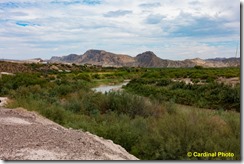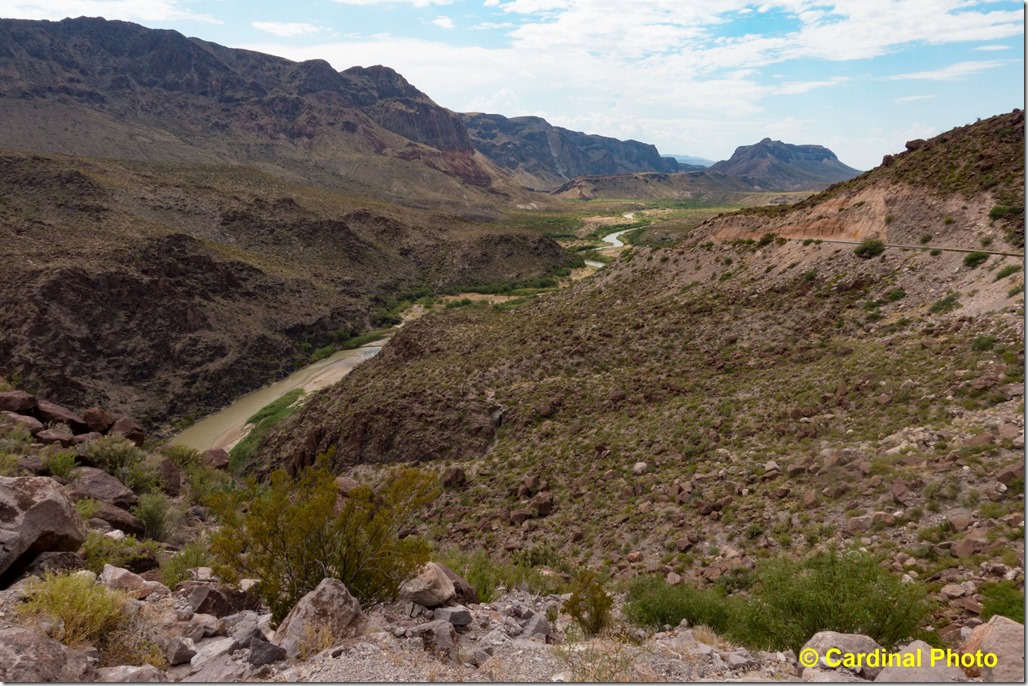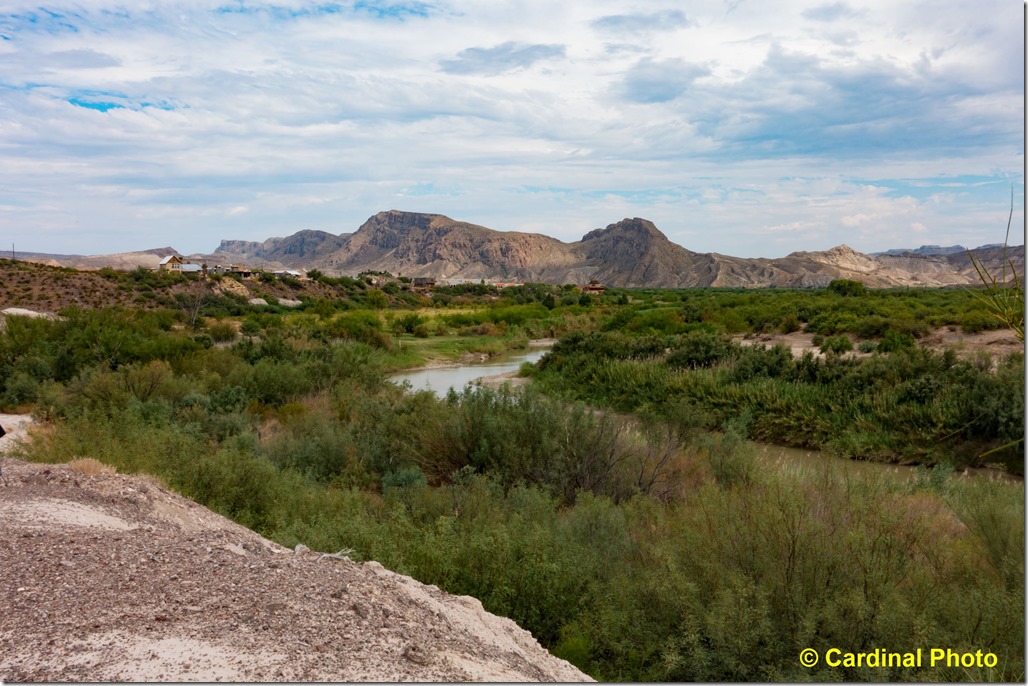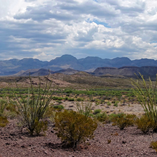- Photo Safaris
- Alaska Bears & Puffins World's best Alaskan Coastal Brown Bear photo experience. Small group size, idyllic location, deluxe lodging, and Puffins!
- Participant Guestbook & Testimonials Candid Feedback from our participants over the years from our photo safaris, tours and workshops. We don't think there is any better way to evaluate a possible trip or workshop than to find out what others thought.
- Custom Photo Tours, Safaris and Personal Instruction Over the years we've found that many of our clients & friends want to participate in one of our trips but the dates we've scheduled just don't work for them or they'd like a customized trip for their family or friends.
- Myanmar (Burma) Photo Tour Myanmar (Burma) Photo Tour December 2017 -- with Angkor Wat option
- Reviews Go hands-on
- Camera Reviews Hands-on with our favorite cameras
- Lens reviews Lenses tested
- Photo Accessories Reviews Reviews of useful Photo and Camera Accessories of interest to our readers
- Useful Tools & Gadgets Handy tools and gadgets we've found useful or essential in our work and want to share with you.
- What's In My Camera Bag The gear David Cardinal shoots with in the field and recommends, including bags and tools, and why
- Articles About photography
- Getting Started Some photography basics
- Travel photography lesson 1: Learning your camera Top skills you should learn before heading off on a trip
- Choosing a Colorspace Picking the right colorspace is essential for a proper workflow. We walk you through your options.
- Understanding Dynamic Range Understanding Dynamic Range
- Landscape Photography Tips from Yosemite Landscape Photography, It's All About Contrast
- Introduction to Shooting Raw Introduction to Raw Files and Raw Conversion by Dave Ryan
- Using Curves by Mike Russell Using Curves
- Copyright Registration Made Easy Copyright Registration Made Easy
- Guide to Image Resizing A Photographers' Guide to Image Resizing
- CCD Cleaning by Moose Peterson CCD Cleaning by Moose Peterson
- Profiling Your Printer Profiling Your Printer
- White Balance by Moose Peterson White Balance -- Are You RGB Savvy by Moose Peterson
- Photo Tips and Techniques Quick tips and pro tricks and techniques to rapidly improve your photography
- News Photo industry and related news and reviews from around the Internet, including from dpreview and CNET
- Getting Started Some photography basics
- Resources On the web
- My Camera Bag--What I Shoot With and Why The photo gear, travel equipment, clothing, bags and accessories that I shoot with and use and why.
- Datacolor Experts Blog Color gurus, including our own David Cardinal
- Amazon Affiliate Purchases made through this link help support our site and cost you absolutely nothing. Give it a try!
- Forums User to user
- Think Tank Photo Bags Intelligently designed photo bags that I love & rely on!
- Rent Lenses & Cameras Borrowlenses does a great job of providing timely services at a great price.
- Travel Insurance With the high cost of trips and possibility of medical issues abroad trip insurance is a must for peace of mind for overseas trips in particular.
- Moose Peterson's Site There isn't much that Moose doesn't know about nature and wildlife photography. You can't learn from anyone better.
- Journeys Unforgettable Africa Journeys Unforgettable -- Awesome African safari organizers. Let them know we sent you!
- Agoda International discounted hotel booking through Agoda
- Cardinal Photo Products on Zazzle A fun selection of great gift products made from a few of our favorite images.
- David Tobie's Gallery Innovative & creative art from the guy who knows more about color than nearly anyone else
- Galleries Our favorite images
US-Mexico border in West Texas: Panoramas shot with the Sony RX100 IV
US-Mexico border in West Texas: Panoramas shot with the Sony RX100 IV
Submitted by David Cardinal on Mon, 08/24/2015 - 07:46
 On our recent trip from California to eastern Texas, we hugged the border much of the way across Texas. Some of it was fenced, but much of it is still amazingly wild, rugged, and beautiful. I was fortunate enough to have the new Sony RX100 Mark IV with me, which has an amazingly good Panorama mode, and able to quickly and easily capture these wide-format images that help convey the scope and grandeur of the region…
On our recent trip from California to eastern Texas, we hugged the border much of the way across Texas. Some of it was fenced, but much of it is still amazingly wild, rugged, and beautiful. I was fortunate enough to have the new Sony RX100 Mark IV with me, which has an amazingly good Panorama mode, and able to quickly and easily capture these wide-format images that help convey the scope and grandeur of the region…
 This is from the eastern portion of Big Bend National Park,
This is from the eastern portion of Big Bend National Park,
looking across the Rio Grande River into Mexico
(to see these images in larger format, use the Photo Gallery at the end of the article)

From the mountains far inside Big Bend National Park,
you can still see across the border, in a nearly 270 degree vista
(to see these images in larger format, use the Photo Gallery at the end of the article)
The border winds dramatically with the Rio Grande River, and can be deceiving.
In this image, for example, the river is right past our car,
so nearly everything you are looking at is in Mexico
A wall here would need to obliterate the Ross Maxwell Scenic Drive in the Park
(to see these images in larger format, use the Photo Gallery at the end of the article)
 The wild lands stretch for hundreds of miles along the Rio Grande River.
The wild lands stretch for hundreds of miles along the Rio Grande River.
Here we are west of the National Park, as you can see verdant farmland
in the Rio Grande River Valley (that marks the border) in the center of the frame

In some places the Rio Grande River Valley is too tight for a panorama.
Here, in the Big Bend Ranch State Park, only a narrow gap separates the US and Mexico.
(not a pano![]() )
)

This historic town essentially straddles the Rio Grande River
(which is low enough you can walk across)
Sites like this would be especially challenging for would-be wall builders.
(not a Pano![]() )
)
About the Panorama mode on the Sony RX100 IV
I’ve used a variety of built-in panorama features over the years, and have never been that happy with any of them. They were either finicky about how you captured the images, or provided poor-quality results. This time it was different. With the panorama mode on the Sony RX100 IV you can move at just about any speed you want across the field of view (with the LCD providing a helpful arrow and progress indications), and the camera does the rest – taking advantage of its very-high frame rate. The in-camera processing runs for a bit after that, and shows you the resulting JPEG. Obviously, purists will, as always, want to shoot their own panos in Raw, but for quick captures, this is the best option I’ve seen. The Panorama mode is accessible through a dedicated setting on the mode dial, so it is also trivial to get started.
- Log in to post comments








